Crop yield is the measure of the amount of crop that is produced per unit of land area. It is influenced by various factors such as soil quality, water availability, pest and disease management, fertilizer application, seed selection, pollination methods, and climatic conditions. Increasing crop yield is important for meeting the growing demand for food, enhancing food security, and improving farmers’ income. In this article, we will discuss some of the methods and ways of improving crop yield in agriculture.
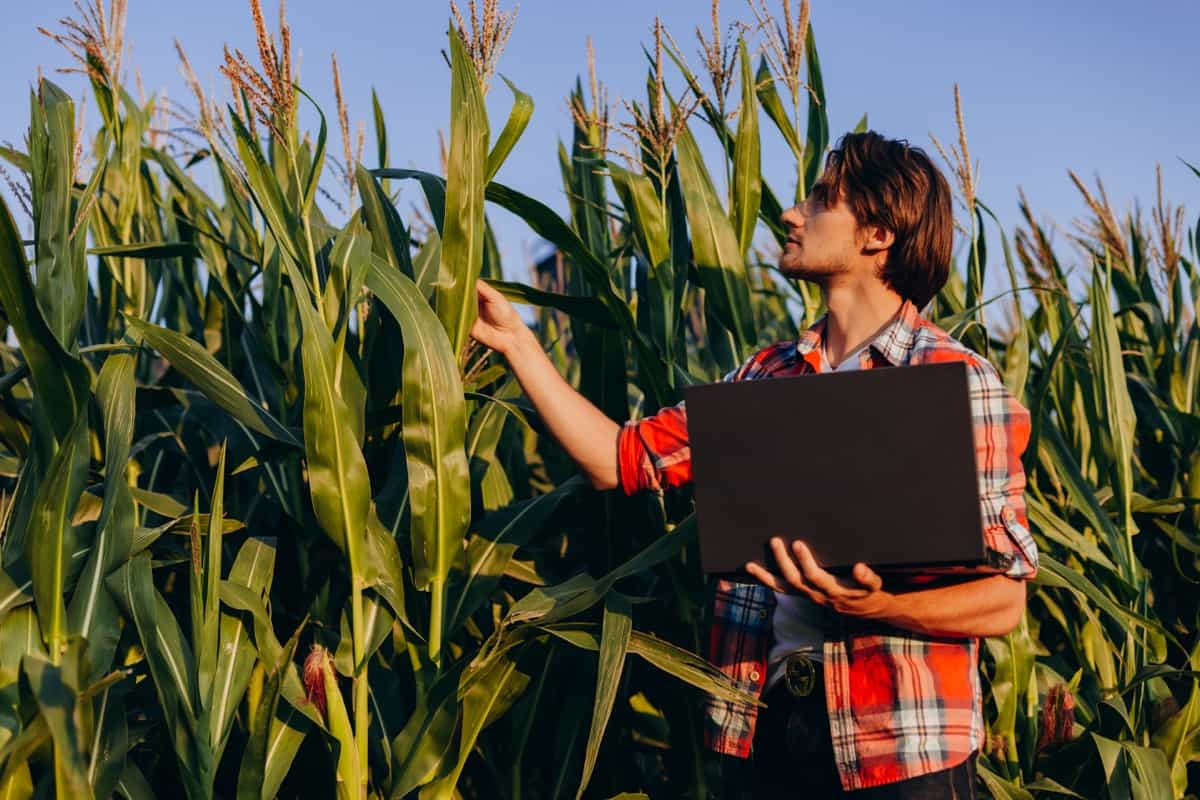
How to Increase Crop Yield
Soil Management Techniques
Soil is the foundation of crop production. It provides nutrients, water, and support to the plants. Therefore, maintaining soil health and fertility is essential for increasing crop yield.
- Test soil pH and nutrient levels regularly and apply lime or organic matter to correct soil acidity or alkalinity.
- Adding organic matter like compost, manure, or crop residues to improve soil structure, water retention, and nutrient availability.
- Avoiding soil erosion by using mulches, cover crops, contour plowing, terracing, or strip cropping.
- Practicing minimum tillage or no-till farming to reduce soil disturbance and conserve soil moisture and organic matter.
- Rotating crops with legumes or other nitrogen-fixing plants to enhance soil nitrogen content.
Crop Rotation Strategies
- Growing crops with different nutrient requirements can balance soil nutrient levels and reduce fertilizer use.
- Growing crops with different root systems can improve soil aeration and drainage and prevent soil compaction.
- Growing crops with different growth habits can suppress weeds and provide shade or support to other crops.
- Growing crops with different pest and disease susceptibilities can reduce pest and disease incidence and severity and lower pesticide use.
- Rotating cereals with legumes or oilseeds to increase soil nitrogen and protein content.
- Rotating root crops with leafy crops to improve soil organic matter and water-holding capacity.
- Rotating brassicas with grasses or cereals to control clubroot disease and nematodes.
In case you missed it: How to Increase Flowering in Vegetables: Best Ways to Induce and Enhance Flower Set
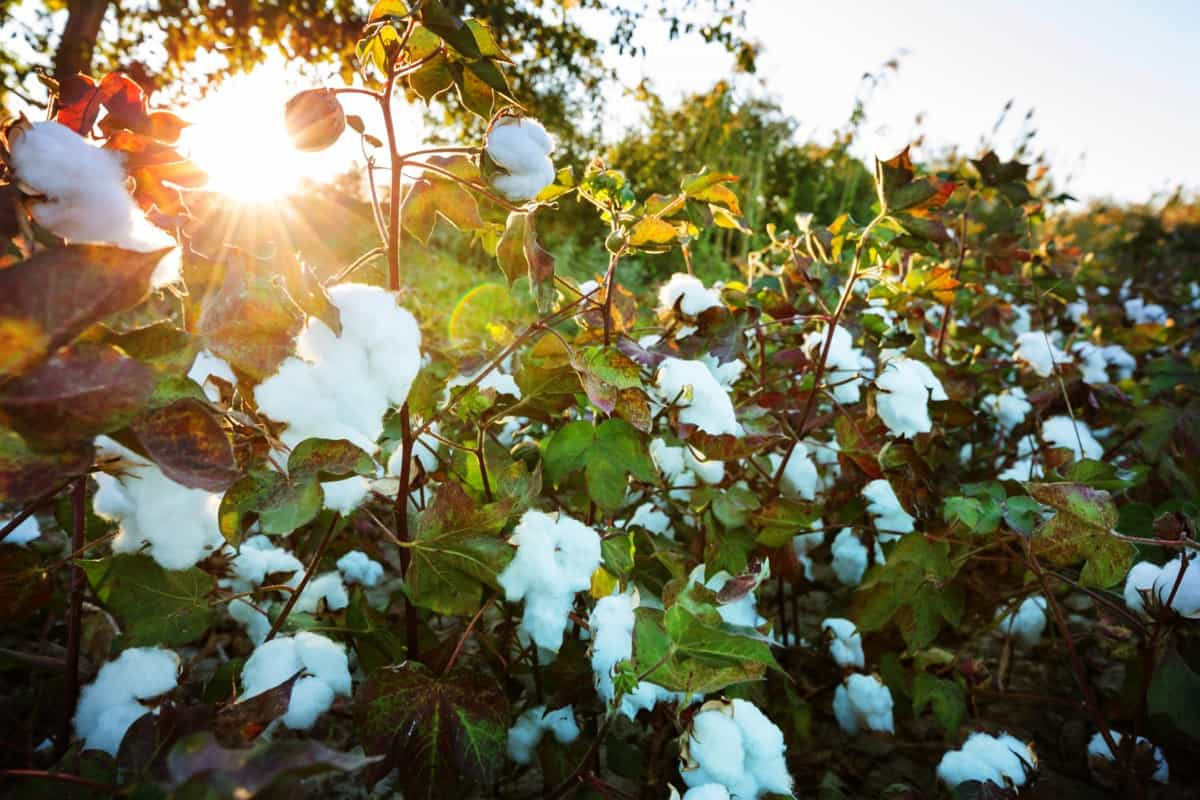
Optimizing Irrigation Practices
Irrigation is the application of water to the soil or plants to supplement rainfall. It is necessary for areas with low or erratic rainfall or crops with high water demand. However, irrigation should be done in a way that avoids water wastage, runoff, leaching, or salinization.
- Using drip irrigation or sprinkler irrigation systems that deliver water directly to the plant roots or foliage and reduce evaporation losses.
- Scheduling irrigation based on soil moisture sensors, weather forecasts, crop water requirements, or crop growth stages.
- Applying water at the right time, rate, frequency, and duration to avoid water stress or waterlogging.
- Using mulches, plastic films, or shade nets to reduce soil evaporation and conserve soil moisture.
- Harvest rainwater or use wastewater for irrigation after proper treatment.
Effective Pest and Disease Control
Pests and diseases are organisms that cause damage or harm to crops. They can reduce crop yield by feeding on plant parts, transmitting pathogens, reducing plant vigor, or affecting plant quality.
- Using resistant or tolerant varieties that can withstand pest or disease attacks.
- Practicing cultural methods such as crop rotation, intercropping, sanitation, pruning, or roguing to prevent pest or disease buildup.
- Biological methods such as predators, parasitoids, pathogens, or botanicals are used to suppress pest or disease populations.
- Using physical methods such as traps, barriers, nets, or handpicking to exclude or remove pests or diseased plants.
- Using chemical methods such as pesticides or fungicides only when necessary and following label instructions.
Appropriate Fertilizer Application
Fertilizers are substances that provide nutrients to plants for their growth and development. They can be organic (derived from plant or animal sources) or inorganic (synthesized from chemical elements). Fertilizers can improve soil fertility, increase crop productivity, and enhance crop quality. However, applying too much or too little fertilizer can have negative effects on crop yield, soil health, and the environment.
- Use balanced fertilizers that contain nitrogen (N), phosphorus (P), potassium (K), and micronutrients (such as zinc, boron, iron, etc.) in suitable proportions.
- Apply fertilizers in split doses, i.e., divide the total amount of fertilizer into several smaller applications throughout the crop season.
- Apply fertilizers close to the root zone of the plants, either by broadcasting, drilling, banding, or side-dressing.
- Avoid applying fertilizers on wet or frozen soils, as they can leach or run off and cause nutrient losses.
- Use fertigation or foliar application techniques to deliver fertilizers through irrigation water or spray on plant leaves, respectively.
- Use biofertilizers or organic manures to supplement or replace chemical fertilizers. Biofertilizers are living organisms (such as bacteria, fungi, algae, etc.) that can fix atmospheric nitrogen or solubilize soil phosphorus and make it available to plants. Organic manures are decomposed organic materials (such as animal dung, compost, green manure, etc.) that can improve soil structure, water retention.
In case you missed it: How to Increase Flowering in Fruit Trees: Step-by-Step Guide for Beginners

Utilizing Cover Crops
Cover crops plants which are grown between main crops or during fallow periods to cover the soil surface and provide various benefits to the soil and the main crops.
- Improving soil quality adding organic matter, enhancing soil aggregation, reducing soil erosion, increasing water infiltration, and suppressing weeds.
- Improving nutrient cycling by fixing atmospheric nitrogen (in case of leguminous cover crops), scavenging residual soil nutrients (in case of non-leguminous cover crops), and releasing nutrients upon decomposition.
- Improving pest and disease management by attracting beneficial insects (such as pollinators and predators), repelling or trapping harmful insects (such as aphids and nematodes), and reducing fungal and bacterial pathogens.
Implementing Precision Agriculture
Precision agriculture is a method of using technology to gather and analyze data on crop production, such as soil, weather, pests, diseases, nutrients, and water. This information helps farmers make informed decisions on planting, irrigating, fertilizing, and harvesting. It optimizes resource use, reduces waste, and increases efficiency.
Technologies like remote sensing devices, GIS, variable rate technology, smart irrigation systems, and precision planting systems help farmers monitor crop conditions, adjust inputs, and optimize resource use. These technologies help farmers optimize resources, reduce waste, and increase efficiency.
Improving Seed Quality and Selection
The quality and selection of seeds can have a significant impact on crop yield. High-quality seeds are those that have high germination rates, vigor, purity, and resistance to pests and diseases. High-quality seeds can ensure uniform and healthy crop establishment and reduce the need for replanting or thinning. Farmers can improve seed quality by using certified seeds from reliable sources, storing seeds properly in cool and dry conditions, and treating seeds with fungicides or insecticides before planting.
The selection of seeds can also affect crop yield. Farmers should choose seeds that are suitable for their soil type, climate, and cropping system. They should also consider the traits and characteristics of different varieties or hybrids, such as yield potential, maturity period, drought tolerance, pest resistance, etc.
Enhancing Pollination Methods
Pollination is the process of transfer pollen from the male part flower to the female part flower of the same species, which is crucial for the production of fruits and seeds in crops like apples, almonds, and tomatoes. Pollination can be natural, such as insects or wind, or artificial, like hand or mechanical pollination.
To enhance pollination, increase the diversity and abundance of pollinators in the crop field by planting flowering plants that attract pollinators, providing habitats and resources for pollinators, avoiding pesticides that harm pollinators, and managing pests and diseases. Artificial methods can also be used to supplement natural pollination, such as hiring professional pollination services, using mechanical devices, or manually transferring pollen from one flower to another.
Implementing Integrated Pest Management (IPM)
Integrated pest management (IPM) is a method that combines various methods to prevent and control pests and diseases in crops. It aims to reduce chemical pesticides and minimize their negative impacts on human health and the environment. IPM methods include:
- Cultural practices like crop rotation, intercropping, mulching, and sanitation.
- Biological methods like predators, parasitoids, and pathogens.
- Mechanical methods like traps, barriers, and nets.
- Chemical methods like insecticides, fungicides, and herbicides.
Farmers must regularly monitor their crops for signs of pests and diseases, identify infestation types and levels, evaluate economic thresholds and potential damage, choose the most appropriate method, combination of methods, apply them at the right time and dose, and evaluate their effectiveness and side effects.
In case you missed it: Best Fertilizers to Increase Crop Yield: Boost the Yields of Vegetables, Fruits, Flowers, and Other Crops
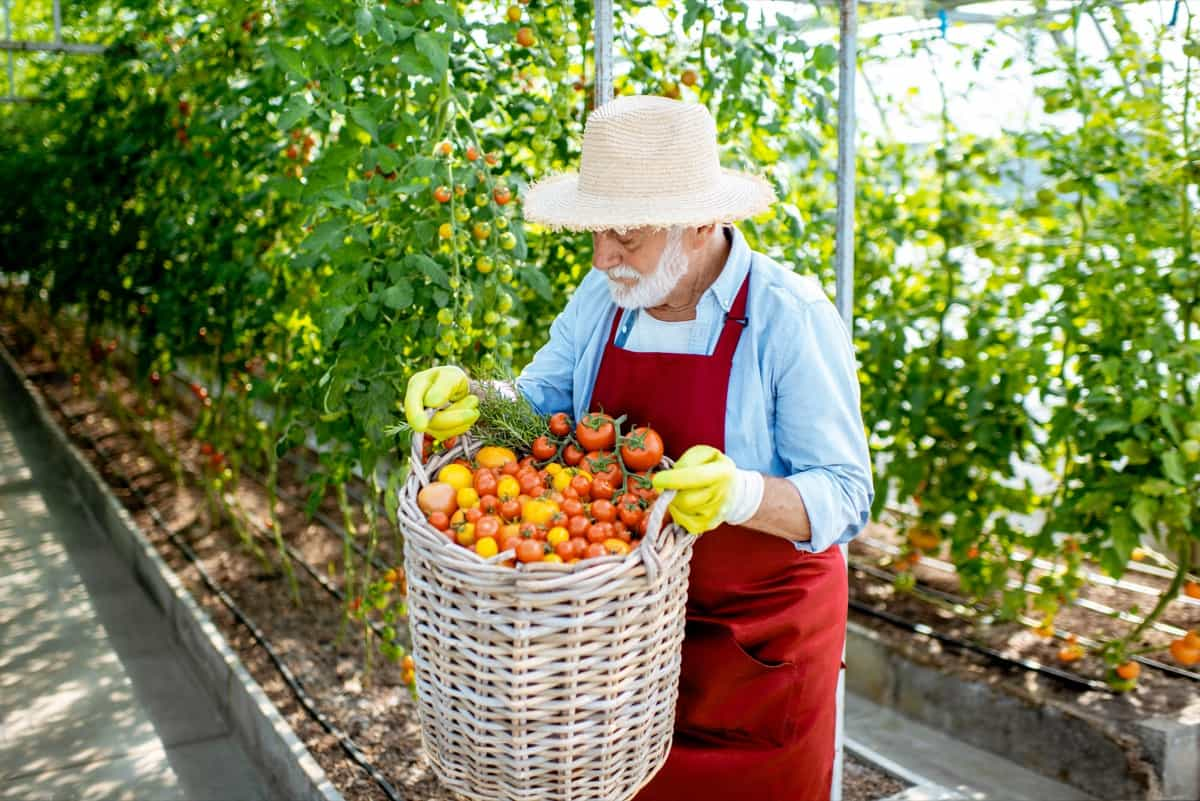
Utilizing Genetic Engineering Techniques
Genetic engineering involves manipulating an organism’s genetic material to introduce or modify a desired trait, such as creating transgenic crops or GMOs with enhanced characteristics like higher yield, improved quality, or increased resistance to pests, diseases, drought, and salinity. Techniques for genetic engineering include Agrobacterium-mediated transformation, which uses a soil bacterium to transfer a gene of interest into a plant cell, and gene gun, which uses a device to shoot microscopic particles coated with DNA into plant cells.
CRISPR-Cas9 is a molecular tool that can cut and edit specific DNA sequences in plant cells, allowing for repair by adding or deleting nucleotides or inserting a new DNA fragment. While genetic engineering can offer benefits like increased yield potential, nutritional value, reduced input costs, and environmental sustainability, it also poses challenges such as ethical issues, biosafety concerns, regulatory hurdles, public acceptance, and intellectual property rights.
Maximizing Light Exposure
Light is crucial for crop growth and development, providing energy for photosynthesis and influencing plant physiology like flowering, fruiting, and dormancy. Maximizing light exposure can increase crop yield by enhancing photosynthesis and biomass production. Methods to maximize light exposure include:
- Choosing crops with high light use efficiency (LUE).
- Planting crops at optimal times and locations.
- Adjusting plant spacing and density, pruning or training plants to shape their canopy.
- Using reflective materials or structures to increase light availability.
- Artificial lighting or supplemental lighting is used to extend the photoperiod or increase light intensity.
Optimizing Plant Spacing and Density
Plant spacing and density are:
- Crucial factors in crop yield.
- Affecting competition for resources.
- Microclimate.
- Pest and disease incidence.
Optimizing these factors can increase crop yield by reducing stress, improving resource use efficiency, enhancing crop growth, and minimizing damage. Methods for optimizing plant spacing and density include:
- Conducting field trials.
- Using a precision planting system.
- Thinning or transplanting plants post-germination or emergency.
- Applying growth regulators or hormone
These methods can help determine the optimal spacing and density for each crop or variety under different conditions, ensure uniform plant establishment and distribution, and minimize pest and disease damage.
Proper Weed Management Techniques
Weeds are unwanted plants compete with crops for resources like light, water, nutrients, and space. They can reduce crop yield by reducing photosynthesis, biomass production, and crop growth. Proper weed management techniques can increase crop yield by controlling infestations, improving resource availability, enhancing crop performance and health, ensuring clean and high-quality produce, and reducing production costs. Preventive methods involve:
- Using weed-free seeds.
- Cleaning machinery.
- Rotating crops with different life cycles.
- Planting cover crops or mulches that suppress weed growth.
- Cultural methods aim to reduce weed competitiveness or favor crop competitiveness in crop fields.
In case you missed it: Rice-Crayfish Farming Integration: A Sustainable Approach to Increase Crop Yields and Biodiversity
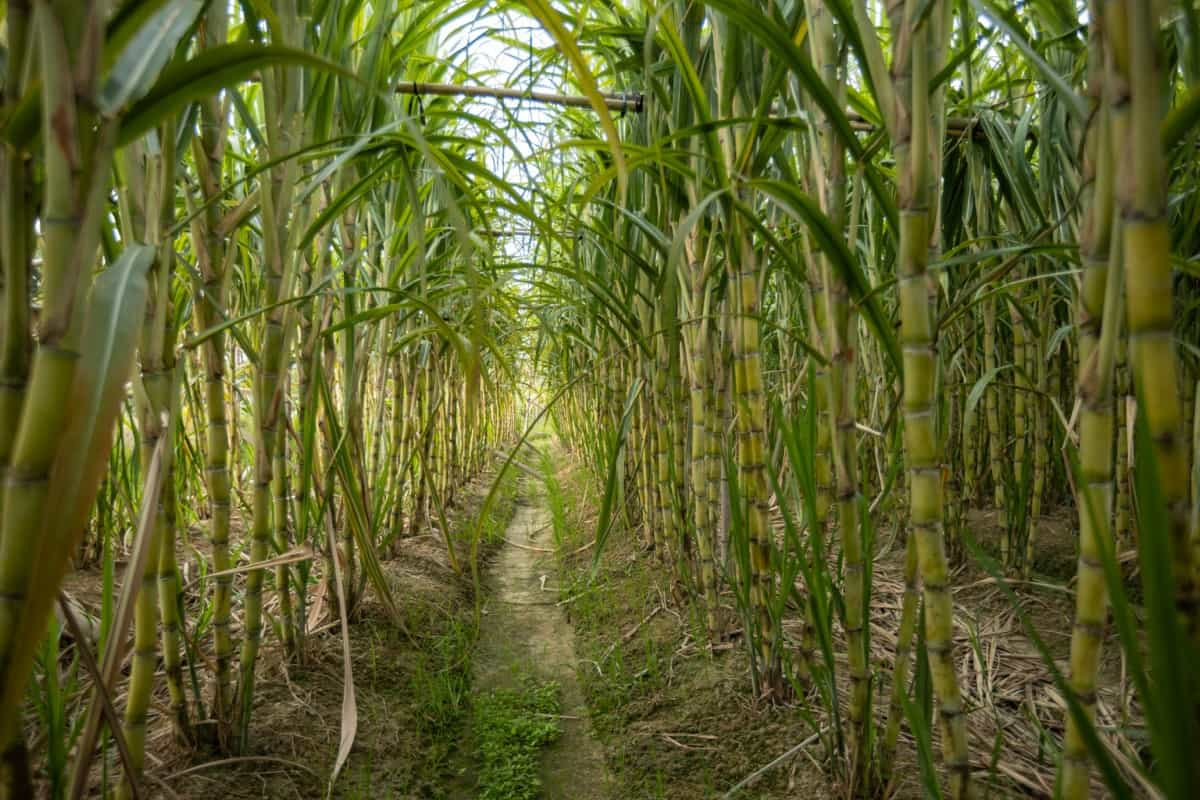
Utilizing Greenhouse or Controlled Environment Agriculture (CEA)
Controlled environment agriculture (CEA) is a method that allows farmers in controlled environments like greenhouses, polyhouses, or vertical farms. This allows them to control temperature, humidity, light, carbon dioxide, and irrigation, optimizing the growing conditions for each crop and avoiding adverse weather and pests. CEA also allows farmers to grow crops year-round, increasing productivity per unit area. A report by Medicgrow suggests that CEA can increase crop yield by 10-20 times compared to traditional farming.
Adopting Sustainable Agricultural Practices
Sustainable agricultural practices can increase crop yield by conserving natural resources and protecting the environment. These practices include crop variety improvement, which involves selecting and breeding crops with desirable traits like high yield, disease resistance, drought tolerance, and nutrient efficiency. Nutrient management involves applying the right amount and type of nutrients to crops at the right time and place, improving soil fertility, crop growth, and quality.
Irrigation management involves providing adequate and timely water to crops according to their needs and soil conditions, such as drip irrigation, sprinkler irrigation, furrow irrigation, or rainwater harvesting. Smart irrigation systems that monitor soil moisture and weather data can save water and increase crop yield by 15%. Pest management involves preventing and controlling pests and diseases that damage crops and reduce yield.
Pest management can be done through biological control, chemical control, cultural control, or integrated pest management (IPM), which combines different methods to minimize pest damage while reducing environmental risks. Crop rotation growing crops on the same piece of land, breaking the life cycle of pests and diseases, improving soil structure and fertility, reducing weed growth, and diversifying income sources. For example, rotating legumes with cereals or oilseeds can fix nitrogen soil and increase crop yield.
In case you missed it: High-Yielding Groundnut Varieties in India: Hybrid Cultivars for Increased Profits
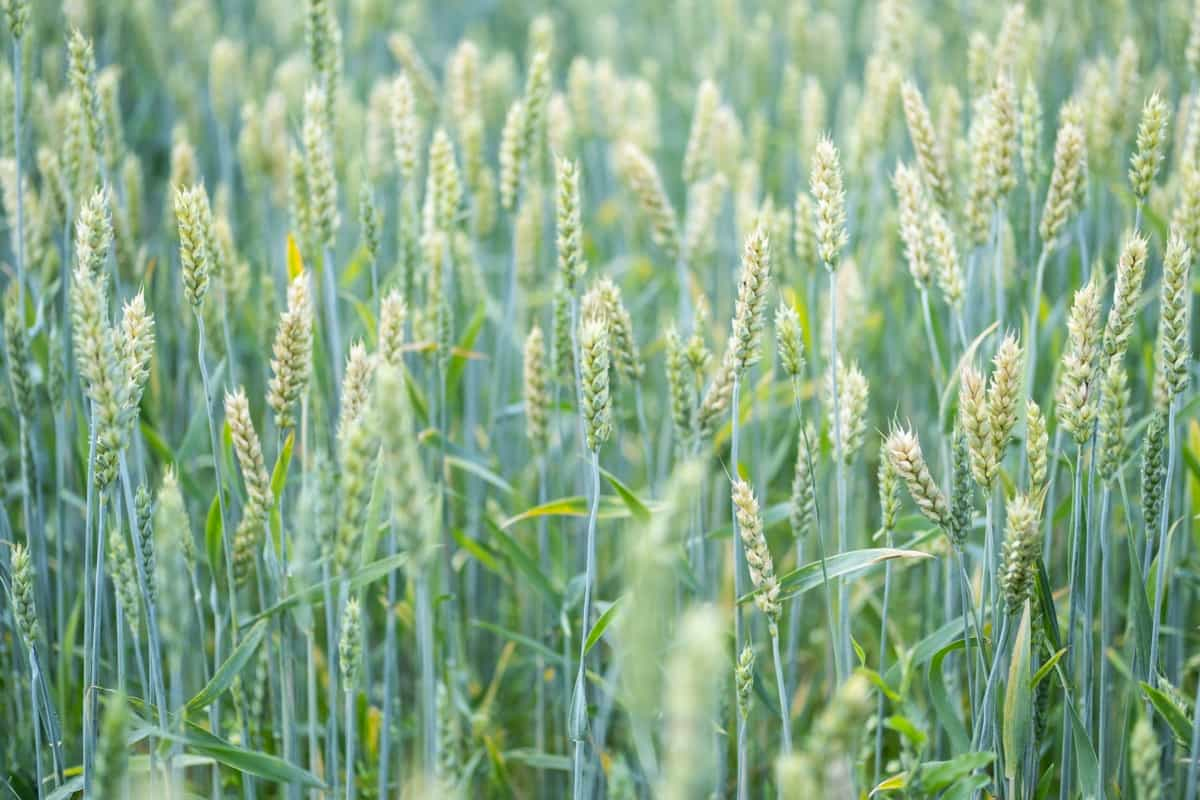
Conclusion
Enhancing crop yield involves multifaceted strategies. Employ advanced irrigation techniques, optimize soil fertility through precise nutrient management, and embrace genetically superior crop varieties. Implementing sustainable pest control measures, coupled with meticulous crop rotation, is pivotal.
- Types of Pesticides Used in Agriculture: A Beginner’s Guide
- Economical Aquaculture: A Guide to Low-Budget Fish Farming
- 15 Common Planting Errors That Can Doom Your Fruit Trees
- How to Make Houseplants Bushy: Effective Tips and Ideas
- Innovative Strategies for Boosting Coconut Pollination and Yield
- Pollination Strategies for Maximum Pumpkin Yield
- The Complete Guide to Chicken Fattening: Strategies for Maximum Growth
- Natural Solutions for Tulip Problems: 100% Effective Remedies for Leaf and Bulb-Related Issues
- Revolutionizing Citrus Preservation: Towards a Healthier, Greener Future
- Natural Solutions for Peony Leaf and Flower Problems: 100% Effective Remedies
- Maximizing Profits with Avocado Contract Farming in India: A Comprehensive Guide
- Natural Solutions for Hydrangea Problems: 100% Effective Remedies for Leaf and Flowers
- The Ultimate Guide to Choosing the Perfect Foliage Friend: Bringing Life Indoors
- From Sunlight to Sustainability: 15 Ways to Use Solar Technology in Agriculture
- The Ultimate Guide to Dong Tao Chicken: Exploring from History to Raising
- The Eco-Friendly Makeover: How to Convert Your Unused Swimming Pool into a Fish Pond
- Mastering the Art of Delaware Chicken Farming: Essentials for Healthy Backyard Flocks
- 20 Best Homemade Fertilizers for Money Plant: DIY Recipes and Application Methods
- How to Craft a Comprehensive Free-Range Chicken Farming Business Plan
- Brighten Your Flock: Raising Easter Egger Chickens for Beauty and Bounty
- How to Optimize Your Poultry Egg Farm Business Plan with These Strategies
- Subsidy for Spirulina Cultivation: How Indian Government Schemes Encouraging Spirulina Farmers
- Ultimate Guide to Raising Dominique Chickens: Breeding, Feeding, Egg-Production, and Care
- Mastering the Art of Raising Jersey Giant Chickens: Care, Feeding, and More
- Ultimate Guide to Raising Legbar Chickens: Breeding, Farming Practices, Diet, Egg-Production
- How to Raise Welsummer Chickens: A Comprehensive Guide for Beginners
- How to Protect Indoor Plants in Winter: A Comprehensive Guide
- Ultimate Guide to Grow Bag Gardening: Tips, Tricks, and Planting Ideas for Urban Gardeners
- Guide to Lotus Cultivation: How to Propagate, Plant, Grow, Care, Cost, and Profit
- Agriculture Drone Subsidy Scheme: Government Kisan Subsidy, License, and How to Apply Online
- Ultimate Guide to Raising Araucana Chickens: Breed Profile, Farming Economics, Diet, and Care
- Bringing Hydroponics to Classroom: Importance, Benefits of Learning for School Students
- Ultimate Guide to Raising Polish Chickens: Breed Profile, Farming Economics, Diet, and Care
- Ultimate Guide to Raising Australorp Chickens: Profile, Farming Economics, Egg Production, Diet, and Care
- Silkie Chicken Farming: Raising Practices, Varieties, Egg Production, Diet, and Care
- Sussex Chicken Farming: Raising Practices, Varieties, Egg Production, Diet and Care